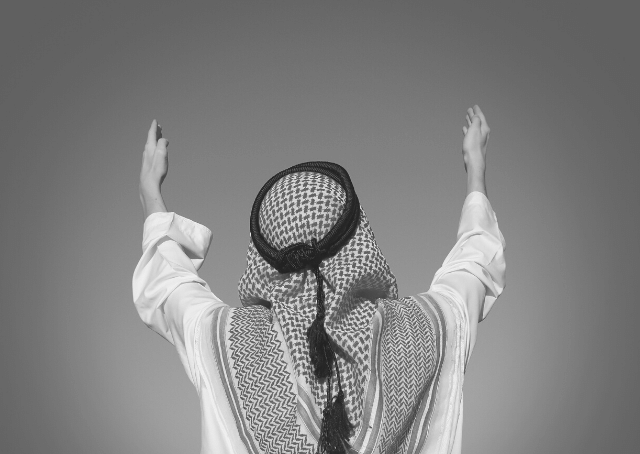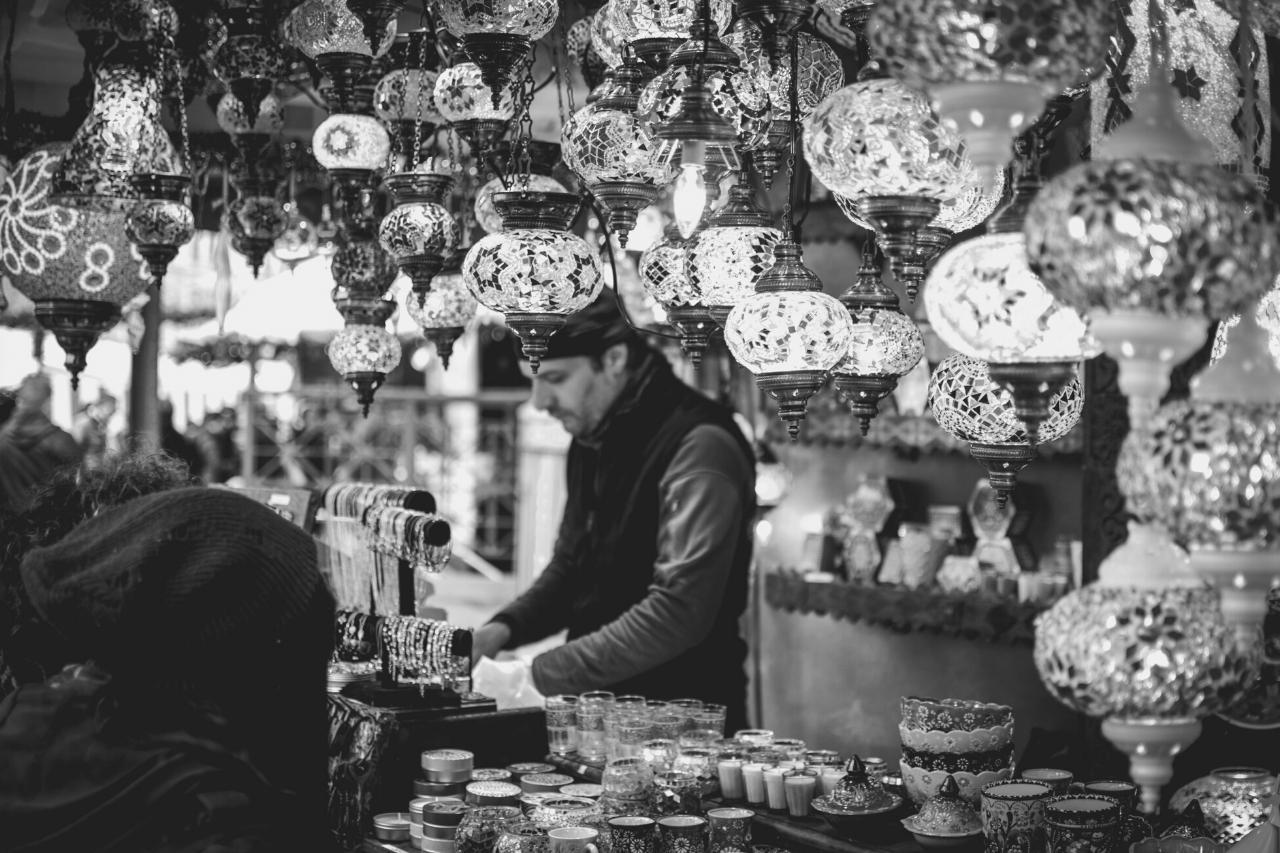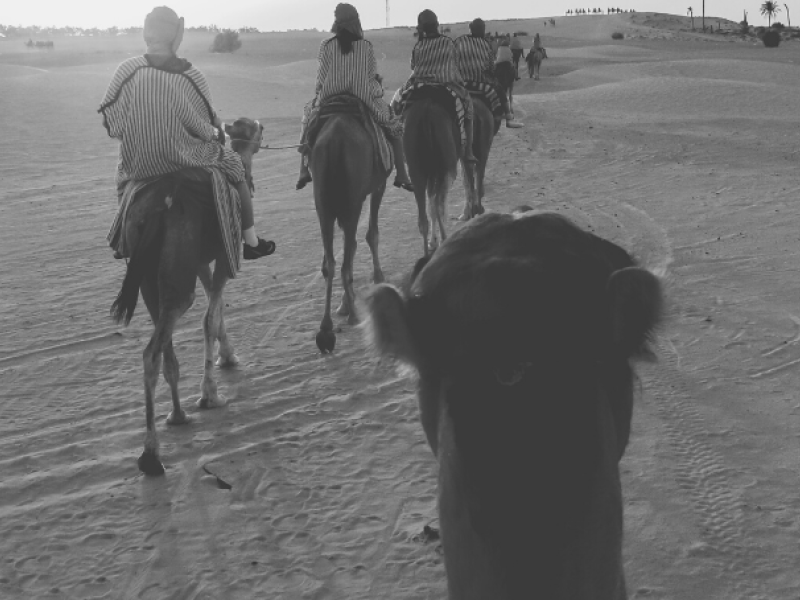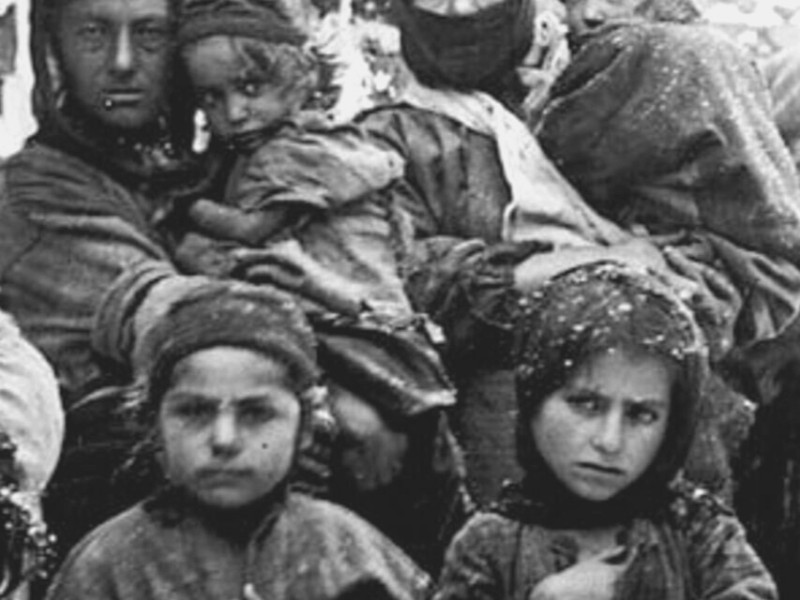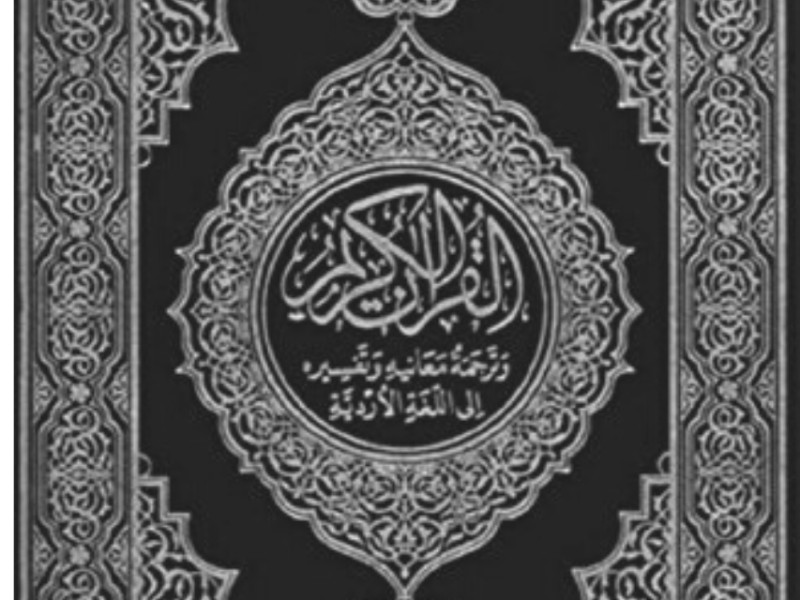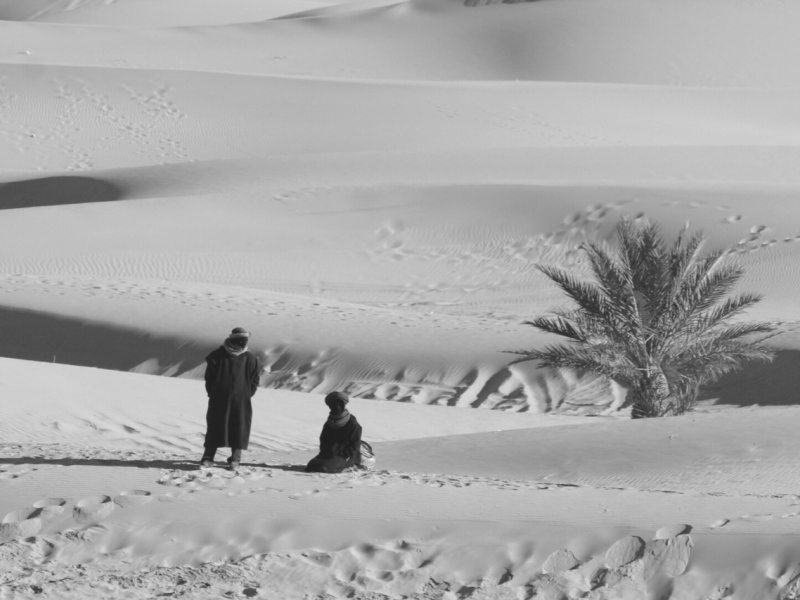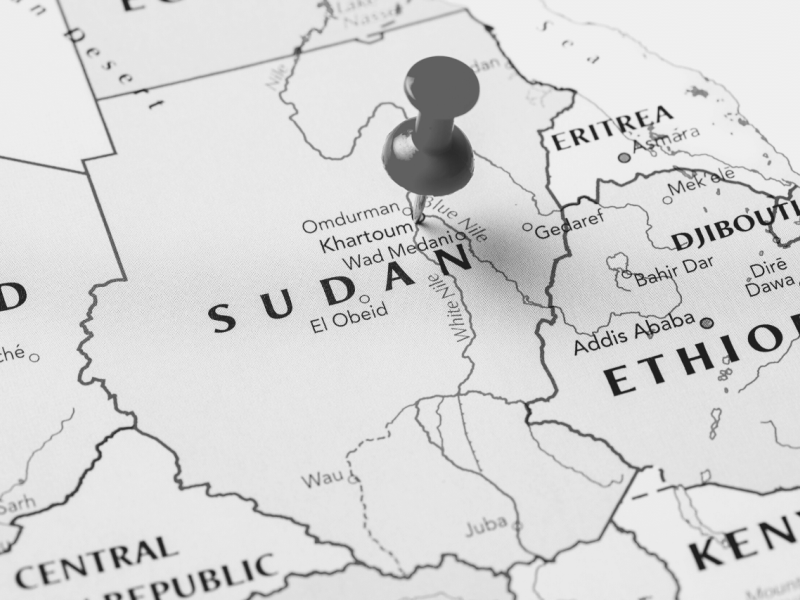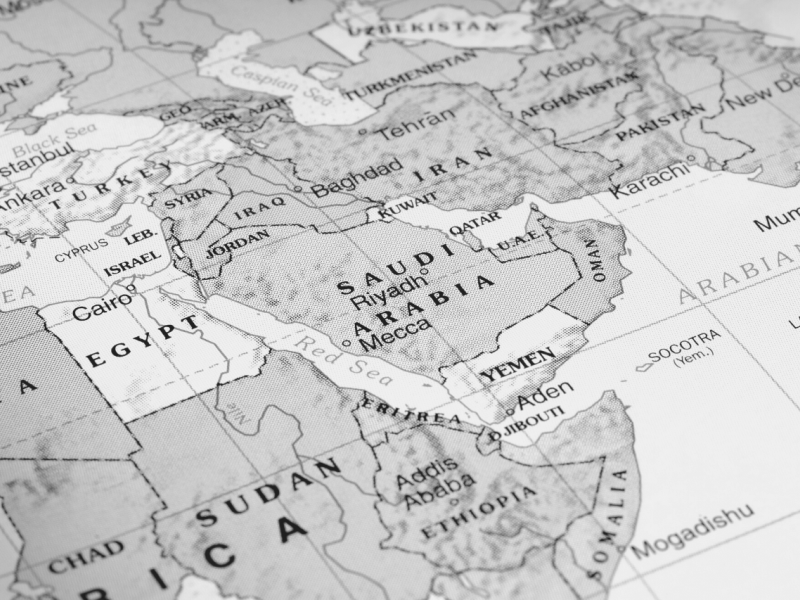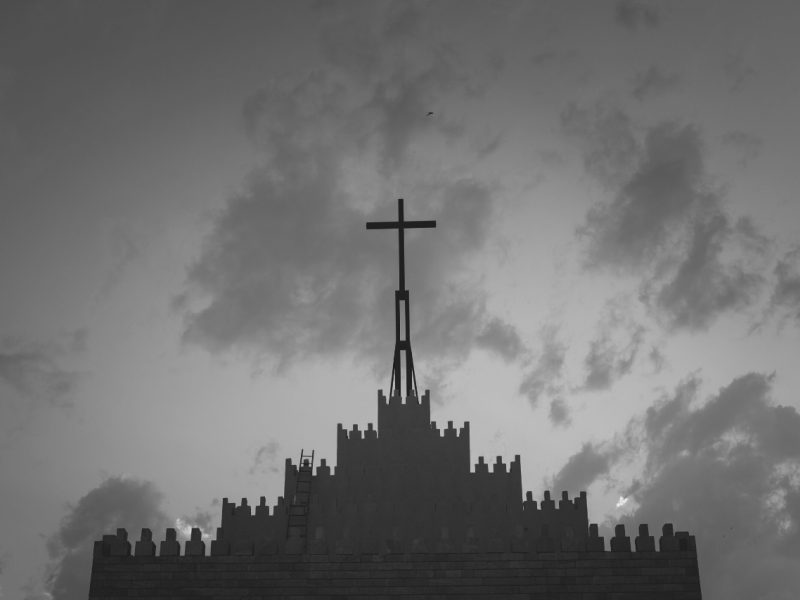Arabs: Bedouins of the Desert
Arabs in simple terms refer to people whose native language is Arabic.
In 1946, the Arab League defined an Arab as follows: “An Arab is a person whose language is Arabic, who lives in an Arabic speaking country, who is in sympathy with the aspirations of the Arabic speaking peoples”.
What is an Arab?
Throughout history, the word “Arab” had a variety of uses. In the ancient world, the Arabian Peninsula has been traditionally called ‘Arabia.’ Roman historians also referred to the rulers of these regions as “King of the Arabs.” Before the twentieth century, the term “Arab” also meant the ethnic group bedouin. They were a tribal society that lived in the Arabian Desert.
In ancient times, Arabs referred to almost any nomadic Semitic inhabitants of the Arabian Peninsula. They are commonly believed to have been descendants of Shem, son of Noah.
Noah and Shem are the first known Arabs who came from Petra. Some Arabs, however, claim that they have a direct lineage back to Adam. However, in modernity, the term Arab is used to call all Arabic-speaking people, even those found in Mauritania, Africa, Iran, Sudan, and Egypt.
Is Arab a Race?
No, Arabs are not a distinct ethnic group or a race. Arabic people can be both white and black. Some are naturally born with blue eyes, some have red hair. Some have dark skin, although most are somewhere in between. At its core, the word “Arab” is more of a cultural and linguistic term. It refers to people who speak Arabic and people who are unified by Arabian culture and history.
Are Arabs Muslims?
What is the difference between Arab and Muslim?
Islam played a major part in shaping Arab culture. However, it’s wrong to assume that all Muslims are Arabs or that all Arabs are Muslim. Although most Arabs are Muslims, not all Muslims are Arabs. There are also millions of Arabs who are Christian, and thousands of Arab people who are Jews.
Currently, the world has more than a billion Muslims, however, only 15 percent of these Muslims are actually Arabs. Most Muslims live outside the Middle East in countries such as Indonesia, Pakistan, India, and Malaysia.
The confusion between these two terms is believed to have been from the fact that Arabic is the primary language of the Islamic faith. It is therefore not a surprise that all Muslims know at least a few words and phrases in the Arabic language.
History of Arabs
The history of Arabs starts in the Arabian Peninsula. Arabs were Semitic peoples who lived in the region for centuries. They created the first civilizations and founded cultural practices that have been globalized by other cultures such as China and Europe.
The three major world religions are believed to have been born from their influence. From the Abrahamic faiths of Judaism to Christianity and Islam. Starting from the deserts of the Arabian Peninsula, their culture flourished and influenced those who left the peninsula for Mesopotamia, Palestine, and Africa.
The early original Arabs were mostly nomads who herded sheep, goats, and camels in the desert. Once they learned to live in settlements, they started growing dates and trading spices, gold, and ivory to Africa and regions in the north.
After the rise of Islam in the 7th century emerged the Arabian Muslims. The word ʿArab’ was used by Muslims to call all people of Arabian origin. The word Arabia (Jazīrat al-ʿArab) became the term for the region. It included the Syrian and Jordanian deserts as well as the Iraqi desert found at the lower Euphrates.
In Arabia also lived various Arab ethnic group and tribes. Through the years, they shifted from waging war to creating allegiances. From tribal anarchy, they evolved to create a centralized government, then relapsing again into anarchy. These tribes dominated the peninsula in various periods of time.
Arabian culture has always been considered a branch of Semitic civilization. For this reason, historians always found it difficult to determine what is specifically Arabian. In the time where a great trade route passed along Arabia, they continually traded with the empires along their borders. These include the Egyptian, Greco-Roman, and Indo-Persian civilizations. Western Europe arrived late in the colonial era.
One of the most important periods in Ancient Middle Eastern history is the expansion, by conquest, of the Arabs in the 7th century. Their Muslim armies mostly consisted of desert tribesmen from all over Arabia. These warriors are known for their love for war and religion which made them dangerous and unstoppable.
When Muhammad died in 632, almost all the western half of Arabia converted to Islam. Two years later the entire peninsula has become Muslims and armies moved into the desert between Syria and Mesopotamia. Around this time, the major Christian cities of Syria and Palestine were conquered by the Arabs. The greatest prize of all from a Muslim perspective was the kingdom of Jerusalem, whom they have easily taken after a year’s siege.
During the rise of Arab nationalism, Arab regions became one single nation. They emerged during the decline of the Ottoman Empire in the early 20th century. Arab nationalism strongly opposed western imperialism.
Arabic Religion
Arabs and Islam have deep historical roots. According to history, It was among Arabs in the seventh century that Mohammed preached the tenets of Islam. Through Mohammed’s successors, the word of Allah spread from the Arabian Peninsula to Southwest Asia, North Africa Spain, Persia, Afghanistan, and Central Asia. Islam which was first founded in the Arabian Peninsula in the early 7th century CE was the uniting force for all the desert nomads and the Bedouins which were town dwellers of the oases. For centuries, Islam spread beyond the Arab world to Asia and North Africa, rapidly influencing the people of these regions.
During the eighth and ninth centuries, the Arabs would become the most powerful group in the Islamic world. Through their influence and military power, they created an empire whose borders would touch France in the west, China in the east, Asia Minor in the north, and Sudan in the south. They would earn the title of the largest land empires in history. In their territories, Arab spread their religion and language through conversion and cultural assimilation. In fact, most of the people in Sudan, Egypt, Morocco, Algeria became Arab through Arabization.
Arab’s most common characteristic is their adherence to Islam. Muslim Arabs comprise 93 percent of all the Arab population including Alawi, Zaidi, Sunni, and Shia. The other 7 percent of Arabs are Christians or Druze.
Arab nations are big and rich in culture. Their religion and culture are also very much intertwined. Religion is important to society and business, it also controls facets of the marketplace. Arabs want modernity and progress, but also don’t want to abandon their traditions. Religion had always been conservative towards women.
Islam was one of the first religions to grant women new rights. The right to agree to their marriage partner, the right to education, and a guaranteed share of the family inheritance is based on Islamic beliefs. Women rights also differ in each Muslim country. For example, in Saudi Arabia, women are allowed to work, vote, get educated but they are not allowed to drive cars and must always wear a restrictive veil.
Arabs and The Three Major World Religions
Our world’s three major world religions are largely connected with the Arabic line through Abraham. Abraham is the Father of the Jewish nation, as well as their first Patriarch. From him started the Twelve Tribes.
According to the Bible, God promised the land of Israel to his children, which is the first claim of the Jews to the land of Israel.
Christians believe that through Abraham’s seed, all the people of earth would be blessed. This was accomplished through Jesus, Abraham’s descendant. Because of this Christianity was open to people of all races and not limited to the Jews.
Abraham (Ibrahim) is also a key figure in Islam. The Muslims know him as a prophet and also the father of the prophet Ismail (Ishmael) whom they consider to be the Father of the Arabs.
Today, most Arabs are Muslim by birth. However, there is also a large population of Arabs that are Christians and Jews. Arab Christians follow mostly belong to the following churches: Greek Orthodox, Greek Catholic, Chaldean, Coptic, or Maronite.
Arab Muslims are known as Sunni, Shiite, Ibadhite, Alawite, Ismaili, or Druze. Sunni is the majority group and they can be found everywhere but mostly in North Africa. Shia Islam is the second-largest group and they are prevalent in Bahrain, southern Iraq, Saudi Arabia, southern Lebanon, Syria, and Yemen.
Arabic Language
Arabic is the largest branch of the Afro-Asiatic language family. It is closely related to Amharic, Aramaic, and Hebrew. Arabic is the primary language throughout the Arab world. It is also the language used for the Islamic faith.
As early as the sixth century, classical Arabic has already been used for the liturgical language of Islam. Because of this, Arabic has influenced many other Islamic country languages. Even European dialects have words borrowed from the Arabic language. The term “Colloquial Arabic” is used to describe the spoken languages of people throughout the Arab world.
The Modern Arab World
The Arab world, also referred to as the ‘Arab nation’ or ‘Arab states,’ is a group of 22 countries that are members of the Arab League. It was founded in 1945 by Egypt, Iraq, Lebanon, Saudi Arabia, Syria. Most of the Arab countries are located in West Asia and Africa. The eastern part of the Arab world is known as the Mashriq, the western part is called the Maghreb.
The Arab League’s primary goal is cooperation. For the last decade, they have been successful in various projects. Including the unity of the Nile Valley, the United Arab Republic, federation with Yemen, and a union with Libya. There were also projects that involved Greater Syria and a union of the Fertile Crescent.
The primary language throughout the Arab world is Arabic. The total population of all the Arab countries combined is around 422 million (2012). Their combined gross gross domestic product is $2.782 trillion (2018).
Summary
In ancient times, Arabs referred to almost any nomadic Semitic inhabitants of the Arabian Peninsula.
The early original Arabs were mostly nomads who herded sheep, goats, and camels in the desert.
The word ʿArab’ was used by Muslims to call all people of Arabian origin. The word Arabia (Jazīrat al-ʿArab) became the term for the region
Arabs are not a distinct ethnic group or a race. Arabic people can be both white and black.
It was among Arabs in the seventh century that Mohammed preached the tenets of Islam. Through Mohammed’s successors, the word of Allah spread from the Arabian Peninsula to Southwest Asia, North Africa Spain, Persia, Afghanistan, and Central Asia.
When Muhammad died in 632, almost all the western half of Arabia converted to Islam. Two years later the entire peninsula has become Muslims and armies moved into the desert between Syria and Mesopotamia.
The Arab world, also referred to as the ‘Arab nation’ or ‘Arab states,’ is a group of 22 countries that are members of the Arab League. It was founded in 1945 by Egypt, Iraq, Lebanon, Saudi Arabia, Syria.
Today, most Arabs are Muslim by birth. However, there is also a large population of Arabs that are Christians and Jews.
